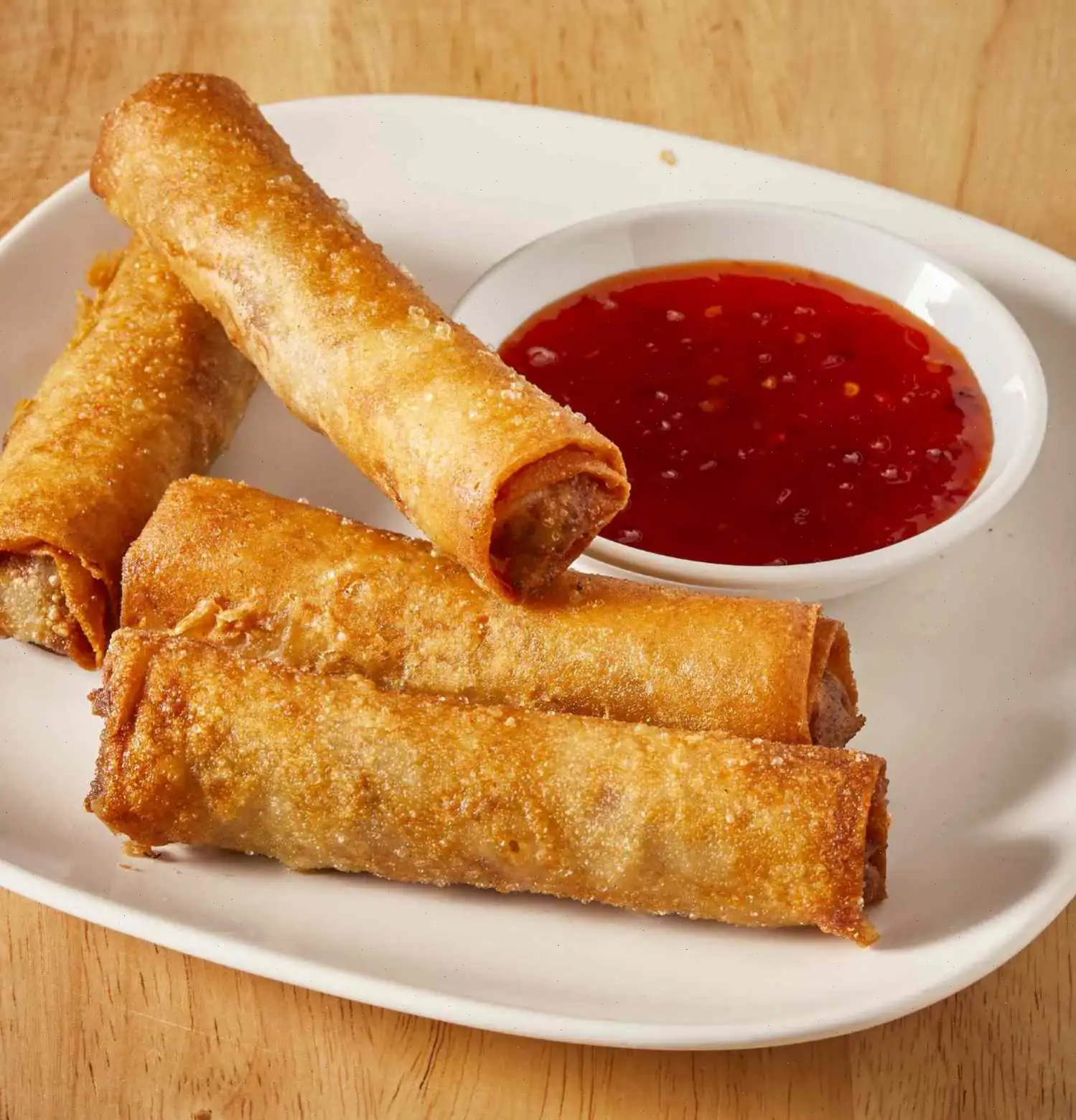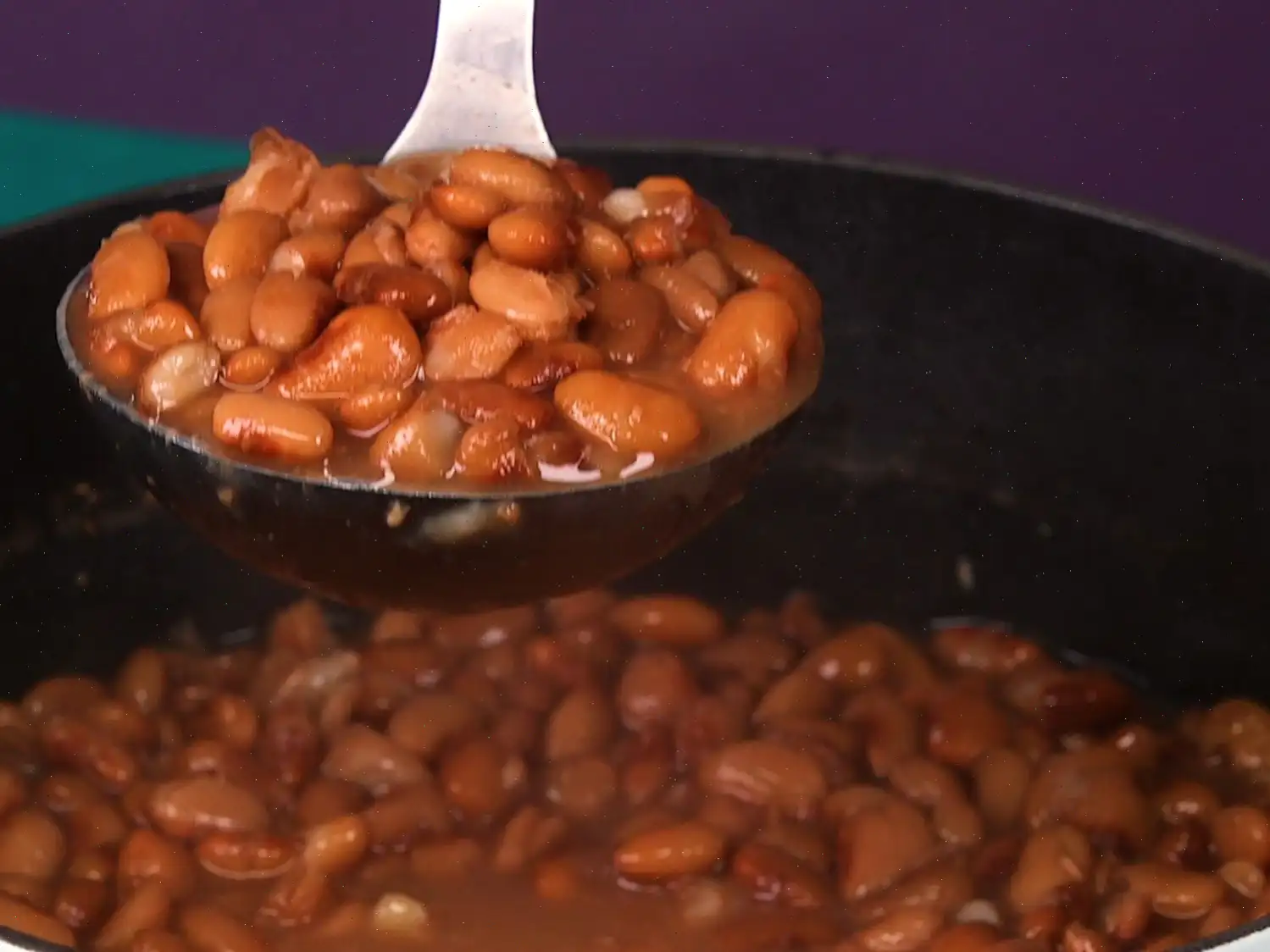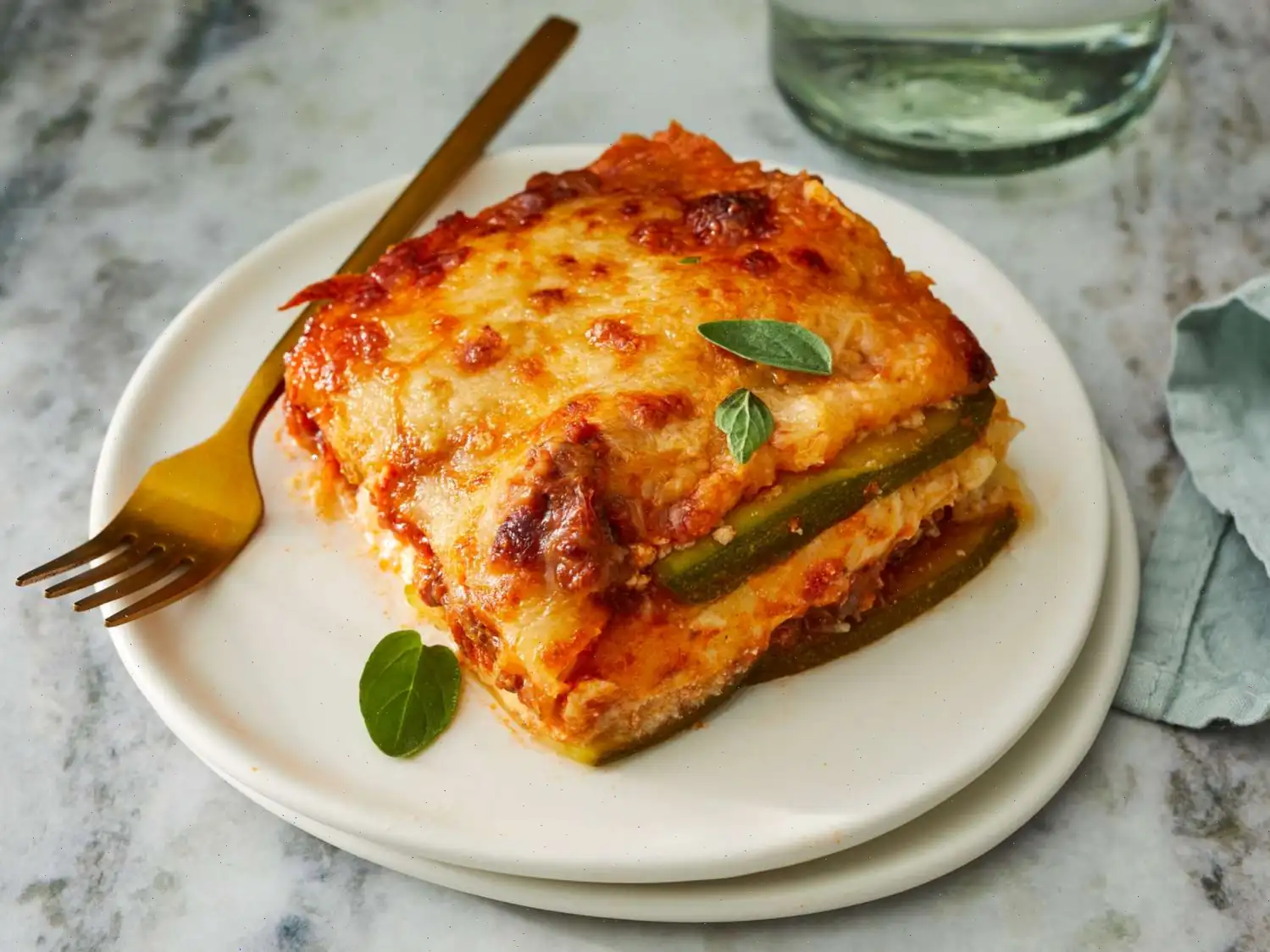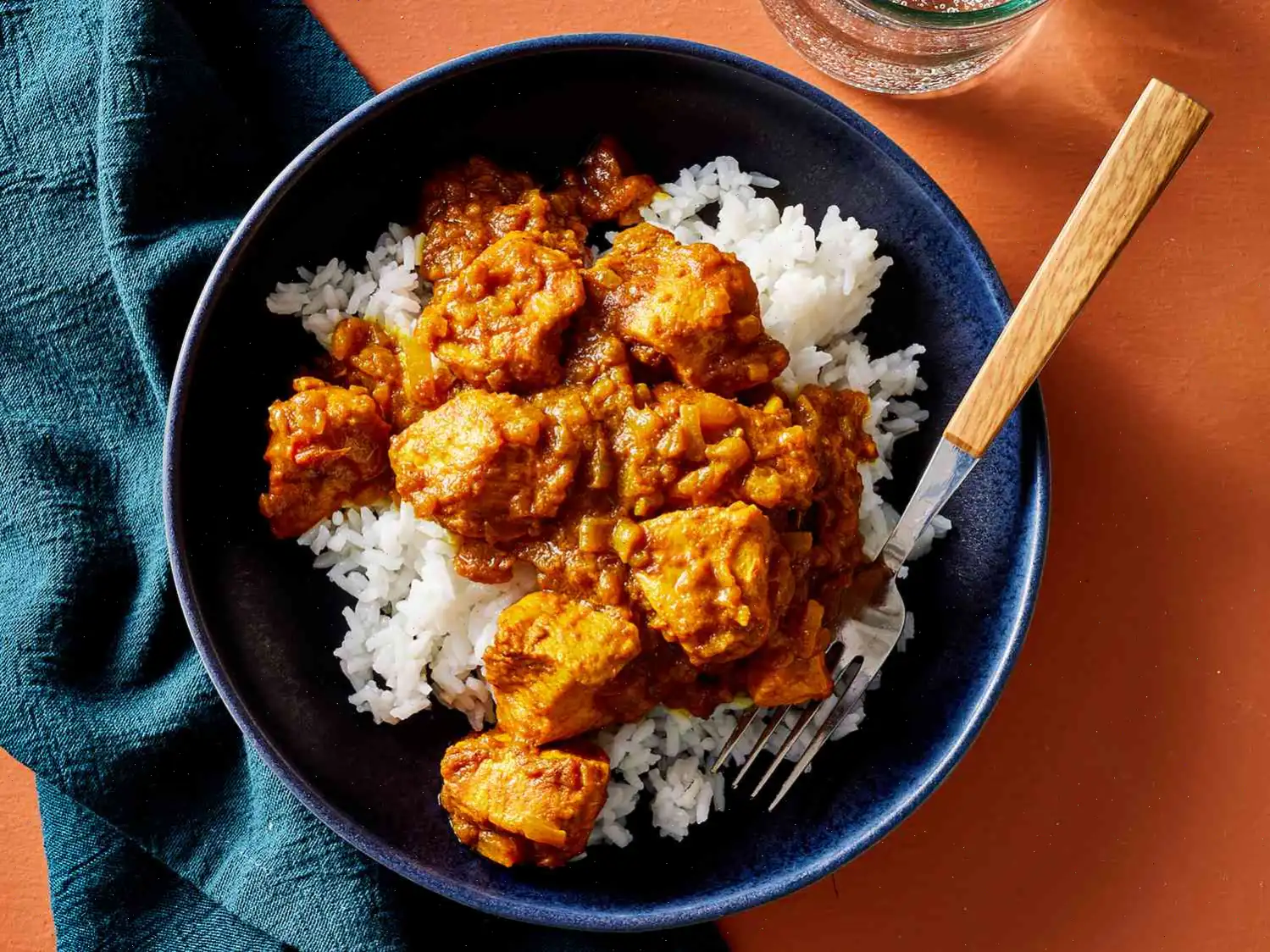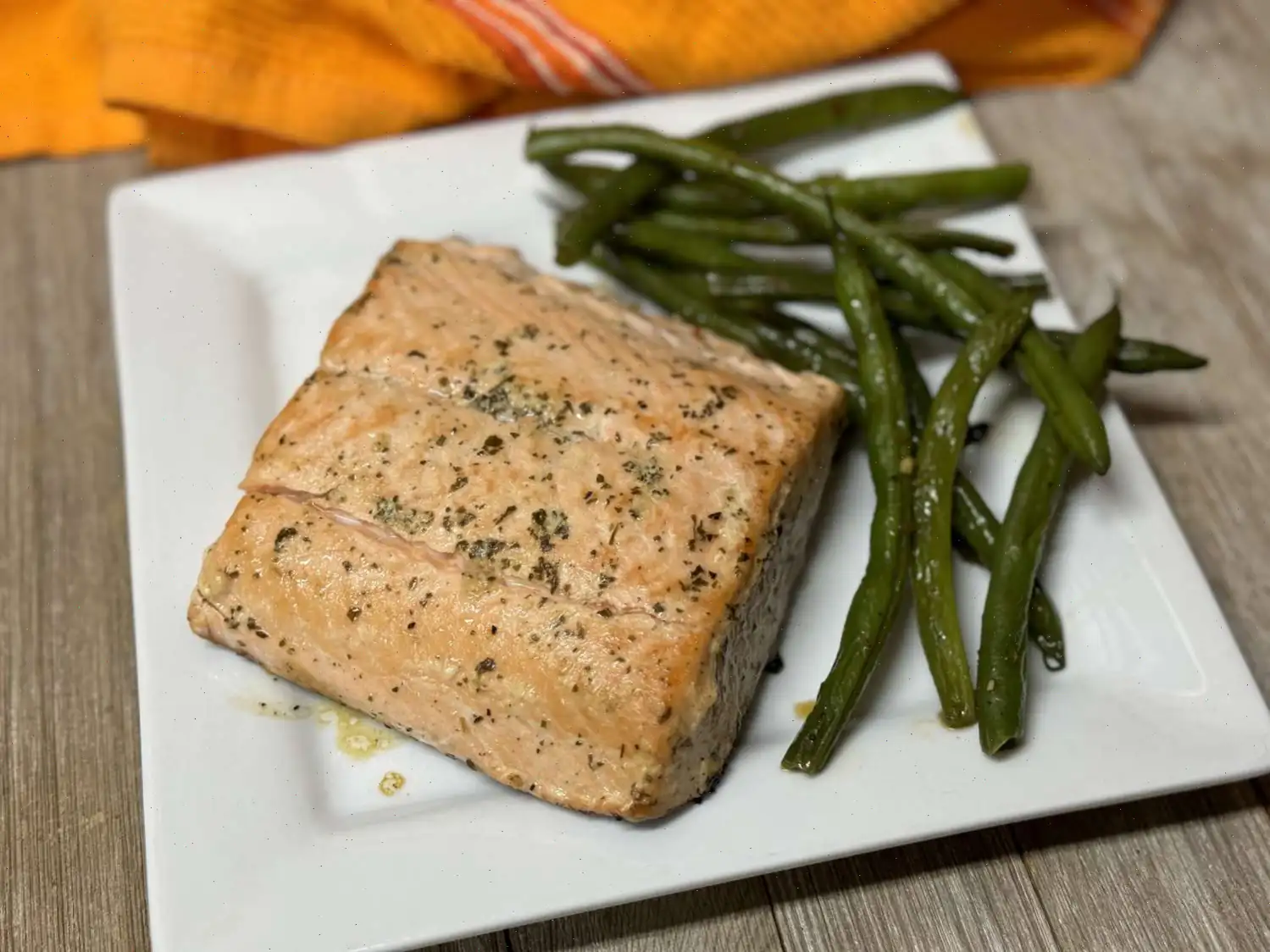
Filipino Lumpia Recipe
Ingredients
This recipe was developed at its original yield. Ingredient amounts are automatically adjusted, but cooking times and steps remain unchanged. Note that not all recipes scale perfectly.
Original recipe (1X) yields 6 servings.
- 1 (12 ounce) package lumpia wrappers
- 1 pound ground beef
- pound ground pork
- cup finely chopped onion
- cup finely chopped green bell pepper
- cup finely chopped carrot
- 1 quart oil for frying
Directions
Step 1: If using frozen lumpia wrappers, allow them to thaw. Lay out several wrappers on a clean, dry surface, and cover them with a damp towel to prevent them from drying out.
Step 2: In a medium bowl, combine the ground beef, ground pork, chopped onion, green bell pepper, and carrot. Mix well until all ingredients are evenly distributed.
Step 3: Place about 2 tablespoons of the meat mixture along the center of each lumpia wrapper. Be careful not to overstuff the wrappers, as this can cause them to burn before the meat is fully cooked.
Step 4: Fold one edge of the wrapper over the filling, then fold in the outer edges slightly. Roll the wrapper into a tight cylinder, sealing the edge by moistening it with a little water on your finger. Repeat with the remaining wrappers and filling, making sure to keep the finished lumpia covered to prevent drying out.
Step 5: Heat the oil in a 9-inch skillet over medium to medium-high heat, ensuring the oil temperature reaches between 365 to 375F (170 to 175C).
Step 6: Fry 3 to 4 lumpia at a time, turning them occasionally in the oil until they are golden brown and crispy, about 2 to 3 minutes per side.
Step 7: Once cooked, remove the lumpia from the oil and drain on paper towels to absorb excess oil.
Step 8: If serving at a party, cut each lumpia into thirds. Serve with banana ketchup for an authentic touch, if desired.
Editor's Note
We have determined the nutritional value of oil for frying based on a retention value of 10% after cooking. The exact amount may vary depending on cook time, temperature, ingredient density, and the specific type of oil used.
Nutrition Facts (per serving)
| Calories | 550 |
|---|---|
| Total Fat | 31g (39%) |
| Saturated Fat | 8g (40%) |
| Cholesterol | 75mg (25%) |
| Sodium | 60mg (3%) |
| Total Carbohydrate | 43g (15%) |
| Dietary Fiber | 1g (4%) |
| Total Sugars | 1g |
| Protein | 25g (50%) |
| Vitamin C | 8mg (9%) |
| Calcium | 17mg (1%) |
| Iron | 2mg (10%) |
| Potassium | 273mg (6%) |
Note: Percent Daily Values are based on a 2,000 calorie diet. Your daily values may be higher or lower depending on your calorie needs.
Disclaimer: Nutrient information is not available for all ingredients. Amount is based on available nutrient data. If you are following a medically restrictive diet, please consult your doctor or registered dietitian before preparing this recipe for personal consumption.

History of Lumpia
Lumpia, the beloved Filipino spring roll, has roots that trace back to the Chinese immigrants who arrived in the Philippines centuries ago. The dish is believed to have been brought by the Chinese as part of their culinary influence on Filipino cuisine. Over time, the recipe evolved to suit local tastes, with variations that incorporated Filipino ingredients and flavors. Today, lumpia is a staple of Filipino cuisine and is enjoyed across the country and in Filipino communities worldwide.
Regional Variations
Lumpia comes in many forms, with regional variations across the Philippines. For example, in the Visayan region, lumpia is often served fresh, using a soft wrapper filled with raw vegetables and meat. In contrast, the more popular version found in Metro Manila and other parts of the Philippines is the fried lumpia, with a crispy outer layer and savory filling. Some regions even add different seasonings, such as fish sauce or soy sauce, or incorporate other ingredients like shrimp, bamboo shoots, or tofu. Despite these variations, lumpia remains a beloved comfort food across the nation.
What Sets Lumpia Apart
Although lumpia shares similarities with other spring rolls in Asia, what sets Filipino lumpia apart is its unique filling and preparation method. Unlike Chinese spring rolls, which often have a thinner wrapper, Filipino lumpia uses a thicker, more substantial wrapper. The filling, typically a mixture of ground pork or beef, vegetables, and seasonings, is cooked before being wrapped in the lumpia wrapper, ensuring that the flavors meld together perfectly. Additionally, lumpia is commonly served with banana ketchup, a sweet, tangy sauce that is uniquely Filipino, adding a distinctive touch to the dish.
Where Lumpia is Served
Lumpia is typically served during festive occasions and celebrations such as birthdays, weddings, Christmas, and New Year's Eve. It is often a party food, served in bite-sized pieces for easy sharing. In Filipino households, lumpia is also a favorite snack, enjoyed as an appetizer or side dish to main meals. Many Filipino restaurants around the world feature lumpia on their menus, both as an appetizer and a main course. Its popularity extends beyond Filipino communities, with non-Filipinos also falling in love with its crispy, savory goodness.
Interesting Facts About Lumpia
- Lumpia is often confused with egg rolls, but the two are distinct. While both are fried rolls, lumpia has a thinner, more delicate wrapper and is typically stuffed with a combination of meat and vegetables.
- In some Filipino families, lumpia is served with a side of "sweet chili sauce," while others use the famous banana ketchup. This variation depends on personal preferences and family traditions.
- Lumpia is so beloved in Filipino culture that there are entire festivals dedicated to it, such as the "Lumpia Festival" in the town of Guihulngan in the Negros Oriental province.
- Despite its Chinese origins, lumpia has been fully embraced as a Filipino dish, with each generation putting their unique spin on it. Some modern variations even include lumpia with exotic fillings like chocolate or fruit!
You can listen to this recipe in AI audio format. Simply click the play button below to listen to the content in a format that suits you best. It’s a great way to absorb information on the go!
FAQ about Filipino Lumpia Recipe
Comments
Joyce White
11/12/2024 04:43:53 PM
I really enjoyed this recipe. I opted to use only ground beef since I didn't have any ground pork available. Following a tip from another reviewer, I sautéed my ingredients first and removed any excess fat before filling the wrappers. I decided to use egg roll wrappers instead of the recommended ones. I also seasoned the filling with oyster sauce, hoisin sauce, soy sauce, and cracked black pepper. I will definitely make this again, and next time I'll make sure to have ground pork on hand to add. We served it with duck sauce for dipping, and it was a hit!
Emma Diaz
03/31/2025 10:44:22 AM
My boys absolutely adored these Lumpias! I will definitely be making them again.
Donna Baker
03/16/2025 04:12:24 AM
Here is the rewritten review: "I enjoy using a mix of pork and occasionally adding chopped cooked shrimp towards the end. I like to season the blend with salt, pepper, garlic powder, and a touch of soy sauce. Adding shredded cabbage and chopped scallions enhances the dish. For dipping, I prefer making a sauce by simmering equal parts brown sugar and water with a hint of cornstarch to thicken, seasoned with garlic powder and red pepper flakes."


